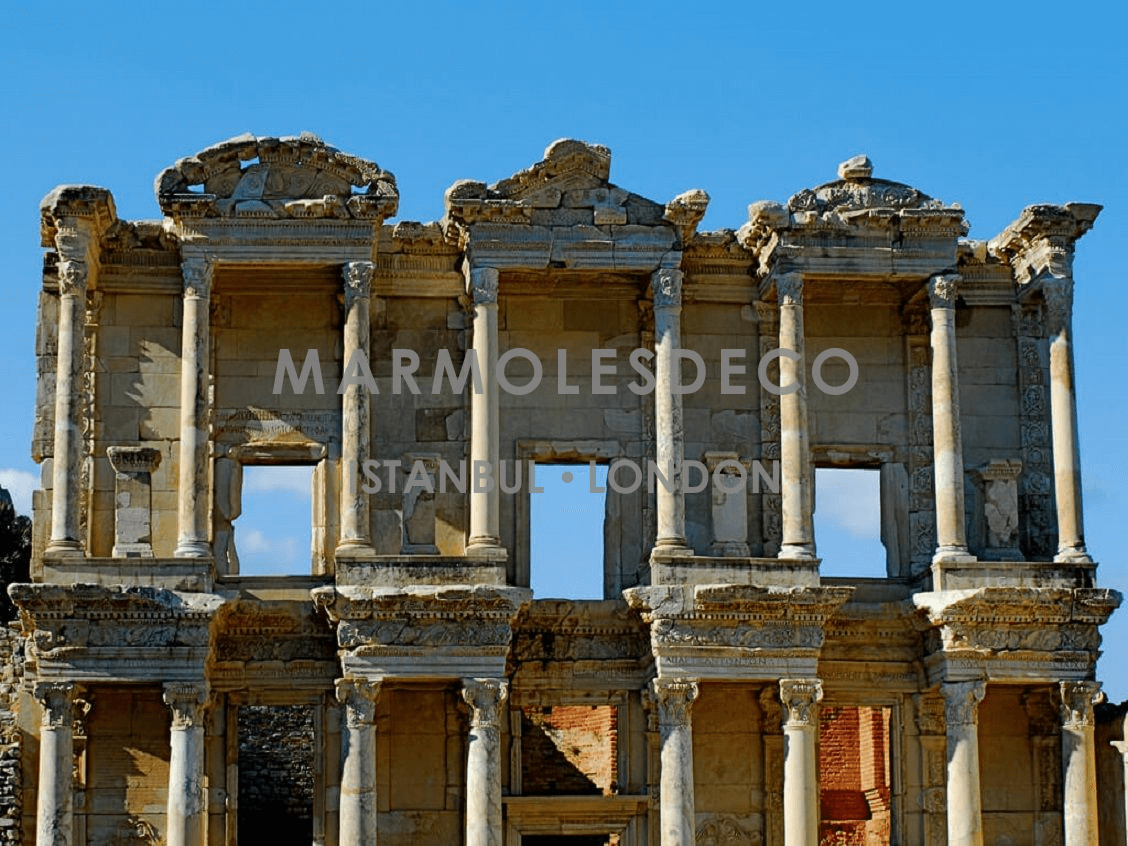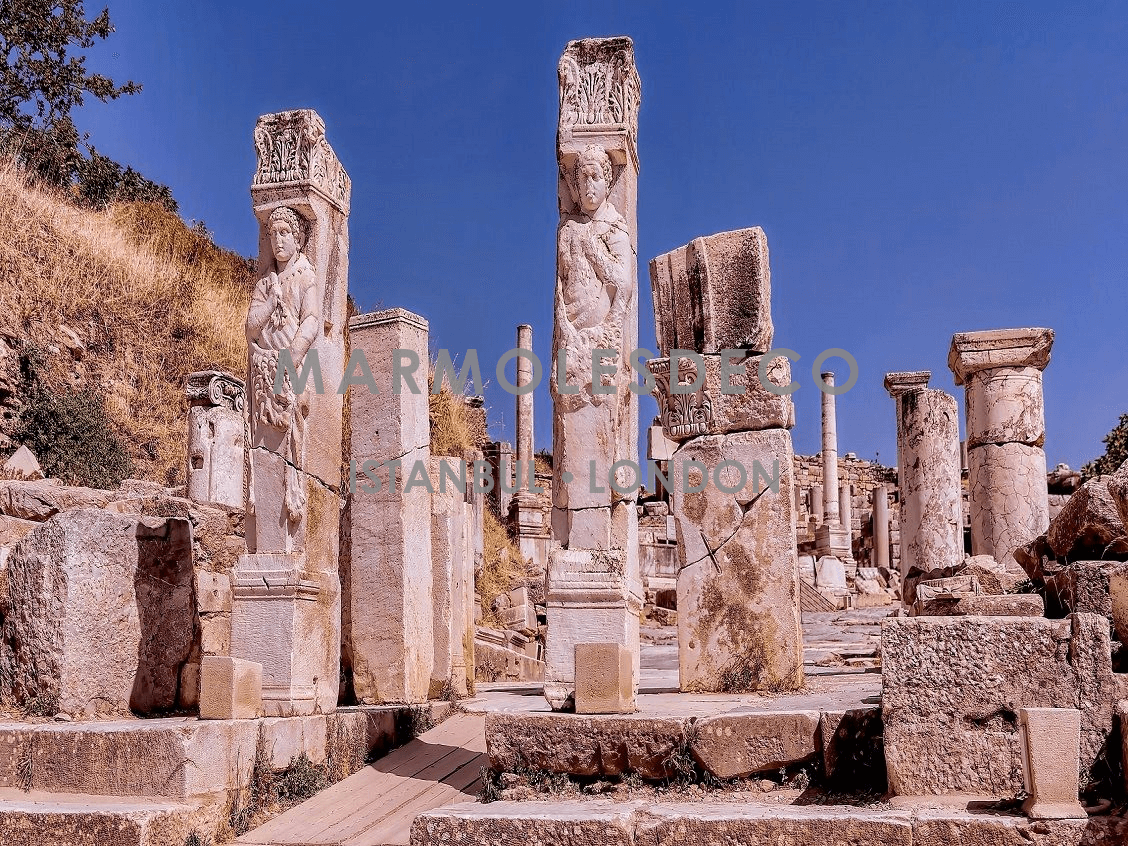Marbles in the middle of the Alpide Belt
The Anatolian side of the Alpide Belt is a geological wonderland that has fascinated geologists, archaeologists, and art enthusiasts for centuries. This region, spanning across Turkey, is renowned for its diverse and breathtaking marbles. The spectrum of colors found in these marbles is a testament to the Earth's geological history and the artistry of nature. In this essay, we will explore the intriguing world of Anatolian marbles and the fascinating palette of colors they offer.
Geological Formation
The Anatolian side of the Alpide Belt is characterized by its complex tectonic history. The collision of the Eurasian and African plates has given rise to a geological treasure trove, including marbles of various colors. These marbles are primarily metamorphic rocks formed from limestone and other carbonate rocks subjected to heat and pressure deep within the Earth's crust. The minerals and impurities present during the metamorphic process determine the marble's coloration.
Colors of Anatolian Marbles
-
Pure White: The most iconic Anatolian marble is the pure white marble, often referred to as "Bianco Carrara of the East." This marble, renowned for its pristine appearance and lustrous finish, is used in some of the world's most famous sculptures and architectural marvels.
-
Cream and Beige: Marbles in shades of cream and beige are also prevalent in the region. These colors add warmth and elegance to structures, making them popular choices for both classical and contemporary designs.
-
Gray and Silver: Gray and silver marbles, with their cool and sophisticated appearance, are used for creating modern, minimalist aesthetics. These marbles may exhibit subtle veining, adding character to their appearance.
-
Green and Serpentine: Green marbles, often associated with the province of Afyonkarahisar and Usak, showcase unique patterns and shades of green. Some green marbles contain serpentine, a green mineral, which further enhances their visual appeal.
-
Red and Rosso Levanto: The Rosso Levanto marble, with its deep red and brownish tones, is a stunning choice for ornamental purposes. These marbles are often used in the creation of luxurious interiors.
-
Yellow and Honey: Marbles in shades of yellow and honey exude warmth and radiance. They are especially popular for floor and wall coverings in areas where a welcoming atmosphere is desired.
-
Blue and Skyros Blue: Rare but striking, blue marbles like Ice Grey add an element of surprise to architectural designs. Their vibrant blues and whites are reminiscent of a clear, sunny sky.
Cultural Significance
The marbles of Anatolia have played a significant role in the region's cultural and architectural history. Turkish architects and sculptors have harnessed the beauty of these marbles for centuries, creating intricate patterns and designs in mosques, palaces, and monuments. Additionally, the world-famous ancient city of Ephesus and its stunning Library of Celsus, built from Anatolian marble, stands as a testament to the enduring appeal of these stones.
Conclusion
The colors of marbles found on the Anatolian side of the Alpide Belt represent a rich tapestry of geological history and cultural significance. From the pure white marbles used in classical sculptures to the vibrant reds, blues, and greens that adorn modern buildings, the diversity of colors offers a unique aesthetic palette. These marbles not only beautify structures but also tell the story of the Earth's evolution and the enduring artistry of human civilization. The Anatolian marbles are, indeed, a testament to the extraordinary harmony between nature and culture in this region.







 Online Catalog
Online Catalog